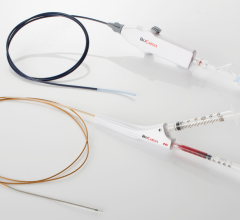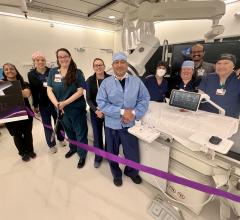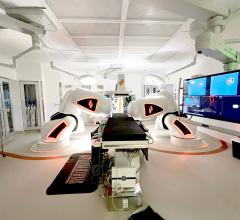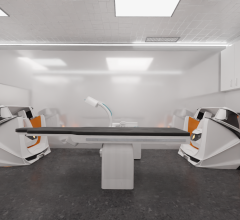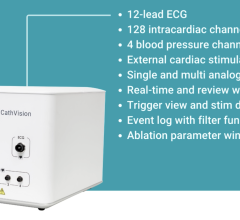May 21, 2015 — The Heart Rhythm Society (HRS) has released a first-of-its-kind expert consensus statement on three specific cardiovascular disorders that also involve the autonomic nervous system. The 2015 Heart Rhythm Society Expert Consensus Statement on the Diagnosis and Treatment of Postural Tachycardia Syndrome, Inappropriate Sinus Tachycardia, and Vasovagal Syncope was written by an international group of experts and published online in HeartRhythm Journal, the official journal of HRS. The expert consensus statement was presented at Heart Rhythm 2015, the Heart Rhythm Society’s 36th annual scientific sessions.
The expert consensus statement will help front-line cardiologists, arrhythmia specialists and other healthcare professionals to provide care for patients with postural tachycardia syndrome (POTS), inappropriate sinus tachycardia (IST), and vasovagal syncope (VVS).
- Postural tachycardia syndrome is a clinical syndrome usually characterized by frequent symptoms like lightheadedness, palpitations, fatigue, and clouded thinking that occur when standing.
- Inappropriate sinus tachycardia is a rapid heart rate greater than 100 beats per minute at rest and associated with distressing symptoms of palpitations.
- Vasovagal syncope is a syndrome in which people faint, usually when sitting or standing for a while, or exposed to emotional stress, pain or medical settings.
The working group aimed to provide simple, clear insights and recommendations about the causes, diagnosis, risk stratification and treatment of these disorders, since recent advances are not widely understood by many healthcare professionals. The document provides evidence-informed recommendations, striking a balance between the need for recommendations and the availability of evidence.
“Each of these disorders causes a variety of symptoms that are challenging for patients, and their healthcare providers need to be able to make the right diagnosis and provide treatment options in a timely manner,” said task force chair and lead author of the statement, Robert S. Sheldon, M.D., Ph.D., FHRS (chair), of Libin Cardiovascular Institute of Alberta in Calgary, Canada. “Our expert consensus statement serves as an accessible, succinct resource for physicians so that diagnosis and treatment for these disorders can be more efficient, and improve both patient care and quality of life.”
The expert consensus group provided definitions and recommendations on the epidemiology and natural history, physiology, diagnosis and treatment for each disorder. Comprehensively, the document:
- Establishes working criteria for the diagnosis of POTS, IST and VVS;
- Provides guidance and recommendations on assessment and management; and
- Identifies key areas in which knowledge is lacking and highlights opportunities for collaborative future research efforts
The working group calls for studies to be integrated into daily clinical practice, and for future studies to be performed internationally with networks of investigators to understand the disorders better. Additionally, the group recommends integrating current and cutting-edge technologies into the investigative approaches to the syndromes.
The expert consensus statement was developed in collaboration with and endorsed by the American Autonomic Society (AAS), the American College of Cardiology (ACC), the Asia Pacific Heart Rhythm Society (APHRS), the European Heart Rhythm Association (EHRA), the Pediatric and Congenital Electrophysiology Society (PACES) and the Latin American Society of Cardiac Pacing and Electrophysiology.
For more information: www.hrsonline.org.

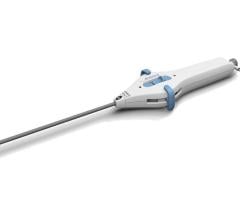
 July 31, 2024
July 31, 2024 
